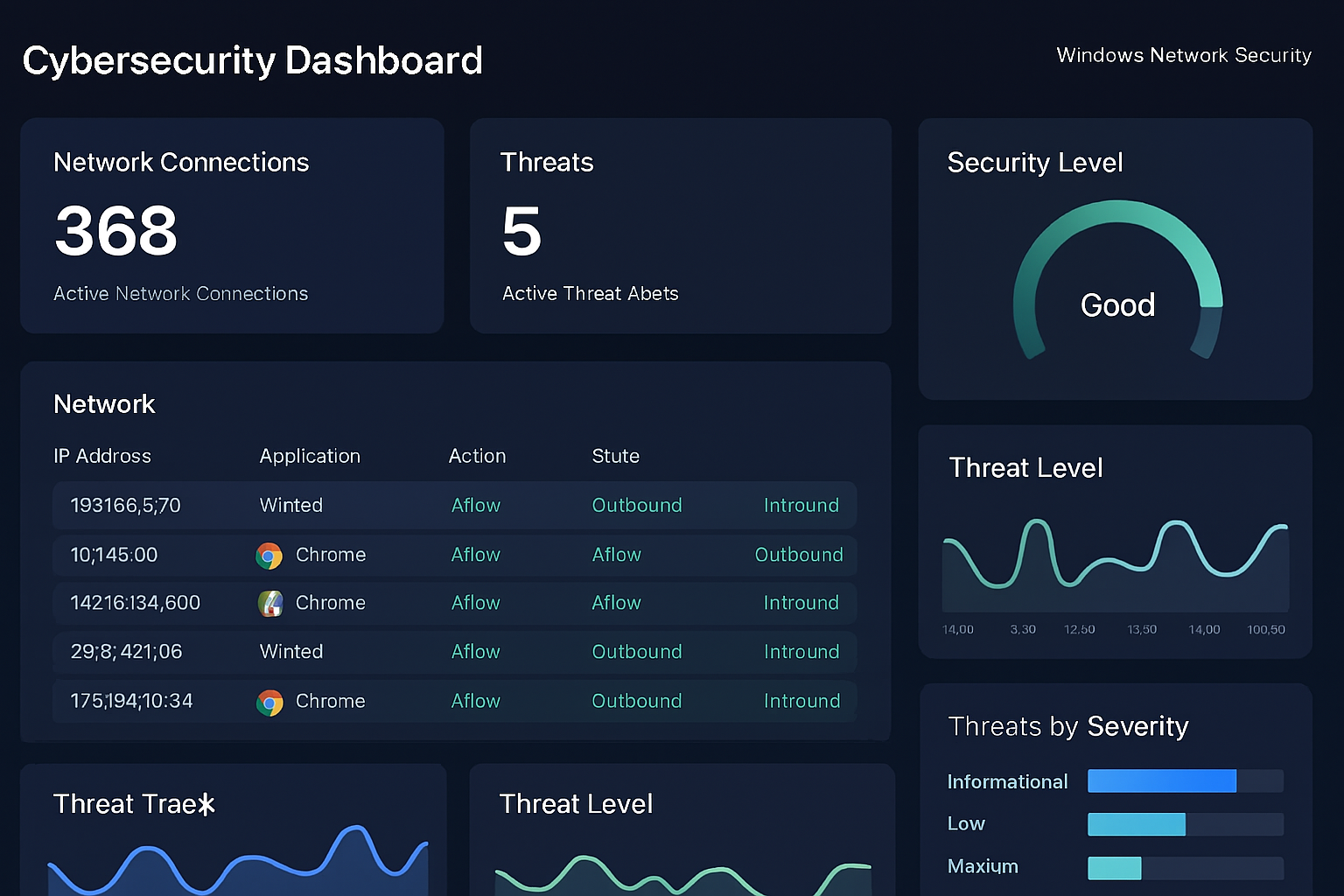Social Engineering Attacks: Why Human Error is Still the Biggest Risk
Introduction
Cybersecurity often focuses on firewalls, encryption, and advanced technologies. Yet despite these measures, social engineering attacks continue to succeed at alarming rates. Why? Because human error remains the biggest risk. Cybercriminals exploit trust, distraction, and lack of awareness to manipulate individuals into giving up sensitive data or access. To understand the true impact of these attacks, we must examine how social engineering works and why people are still the weakest link in cybersecurity.
What Are Social Engineering Attacks?
Social engineering attacks are manipulative tactics used by cybercriminals to trick people into revealing confidential information, clicking malicious links, or granting system access. Unlike technical exploits that target software, these attacks target human psychology.
Common methods include:
- Phishing emails designed to look legitimate.
- Pretexting, where attackers pose as trusted figures.
- Baiting, offering something enticing in exchange for action.
- Tailgating, gaining physical access by following someone into secure areas.
Each method relies on exploiting human behavior rather than breaking through technical defenses.
Why Human Error Is the Biggest Risk
Technology can be patched and updated, but people make mistakes under pressure or due to lack of training. Research shows that most successful breaches involve some form of human error.
Here are the main reasons:
- Trust and authority bias – People tend to trust familiar logos, emails from managers, or urgent requests.
- Distraction and workload – Employees juggling multiple tasks are more likely to click without verifying.
- Lack of awareness – Without regular training, staff may not recognize red flags.
- Emotional triggers – Fear, urgency, and curiosity are powerful motivators for hasty decisions.
Social engineering attackers know these weaknesses and design strategies that prey on them.
Real-World Examples of Social Engineering Attacks
Several high-profile breaches highlight how human error enables these attacks:
- Business Email Compromise (BEC): Companies have lost millions due to fraudulent emails convincing staff to transfer funds.
- Phishing Campaigns: Employees clicking fake password reset emails allow attackers to steal credentials.
- Impersonation Calls: Attackers posing as IT support gain access by asking for login details.
These incidents reveal that even organizations with strong security tools can be compromised if employees are not vigilant.
How Businesses Can Reduce Human Error
While it is impossible to eliminate mistakes completely, organizations can greatly reduce risk by adopting a proactive approach.
1. Employee Training and Awareness
Regular cybersecurity training is essential. Employees should learn how to:
- Identify suspicious emails.
- Verify requests for sensitive information.
- Report potential threats quickly.
Awareness campaigns help shift security from an afterthought to a daily practice.
2. Simulated Attacks and Testing
Conducting phishing simulations helps test employee readiness. These controlled exercises show where gaps exist and allow companies to reinforce training.
3. Multi-Factor Authentication (MFA)
Even if credentials are stolen, MFA adds an extra layer of protection. This limits the damage caused by human mistakes.
4. Clear Security Policies
Organizations should create easy-to-follow policies for handling data, financial transactions, and system access. Simplicity reduces confusion and errors.
5. Culture of Security
Encouraging employees to question suspicious requests without fear of punishment builds a stronger security culture. When staff feel responsible and supported, they become active defenders instead of weak links.
The Role of Leadership in Preventing Attacks
Executives and managers play a critical role in minimizing the impact of social engineering attacks. Leadership must:
- Support continuous training initiatives.
- Allocate budget for security awareness programs.
- Lead by example by practicing secure behaviors.
When leadership prioritizes security, employees are more likely to follow suit.
Technology Alone Is Not Enough
Firewalls, antivirus programs, and intrusion detection systems are vital, but they cannot stop a careless employee from clicking a malicious link. Human behavior must be integrated into cybersecurity planning. Combining strong technology with trained, alert employees provides the best defense.
Conclusion
Social engineering attacks thrive because human error remains the biggest risk in cybersecurity. Attackers exploit trust, distraction, and lack of awareness to bypass technical safeguards. While no organization can eliminate mistakes entirely, training, awareness, and strong policies can reduce the chances of success. By acknowledging that people are the first line of defense, businesses can better protect their data, reputation, and future.




Comments are closed